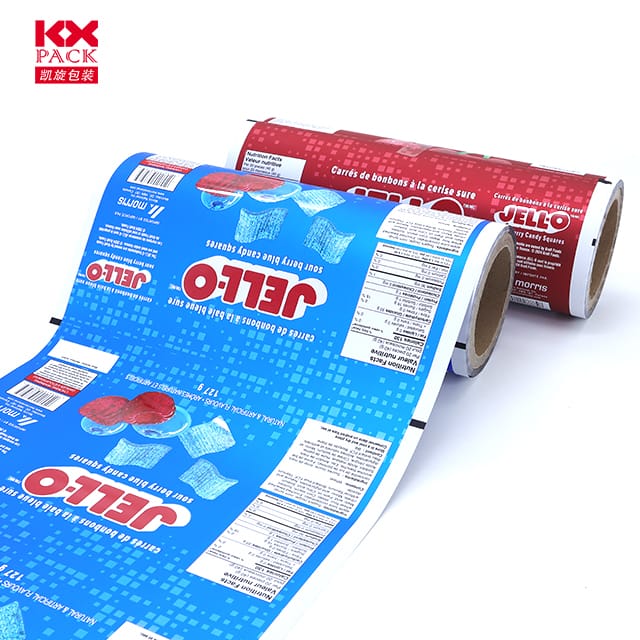食品包装胶片的演变和重要性: 确保安全, 可持续发展, 和便利(2)
食品包装胶片
在当今快节奏的世界, 食品包装胶片在保持质量方面起着关键作用, 安全, 以及我们每天消费的食物的可及性. 从冰箱中的酥脆蔬菜到食品储藏室的即食小吃, 这个瘦, 通常被忽视的层是现代工程的奇迹. Let’s dive into why food package film matters, its technological advancements, 以及对可持续性的日益关注.
1. The Core Functions of Food Package Film
Food package film isn’t just about wrapping; it’s a science-backed solution designed to:
- Extend Shelf Life: By acting as a barrier against oxygen, 水分, 和污染物, films like polyethylene (体育), 聚丙烯 (聚丙烯), and biodegradable alternatives slow down spoilage and maintain freshness.
- Preserve Nutritional Value: Advanced films can block UV light and control gas exchange, preventing the degradation of vitamins and flavors in packaged foods.
- Ensure Food Safety: Hermetic seals created by these films shield products from pathogens, reducing the risk of foodborne illnesses.
- Enhance Convenience: 可重新密封的拉链, easy-tear designs, and microwave-safe materials make modern packaging user-friendly.
2. Innovations Driving the Industry
The food packaging sector is constantly evolving, with breakthroughs in:
- 主动包装: Films embedded with antioxidants, antimicrobial agents, or oxygen scavengers actively preserve food quality. 例如, a film containing iron-based oxygen absorbers can extend the shelf life of meat by days.
- 智能包装: Sensors integrated into films detect spoilage by monitoring gases like CO₂ or pH changes, alerting consumers to freshness.
- 纳米技术: Ultra-thin nanocomposite films offer superior barrier properties while using less material, 减少浪费.
- 生物降解材料: Eco-friendly options like polylactic acid (解放军), 源自玉米淀粉, and seaweed-based films are gaining traction as alternatives to traditional plastics.
3. The Sustainability Challenge
While food package film is indispensable, its environmental impact is a growing concern. Single-use plastics contribute to pollution, and recycling rates remain low. 然而, the industry is rising to the challenge:
- 可堆肥电影: Brands are adopting materials that break down naturally in home compost systems, 减少垃圾填埋场.
- Recyclable and Mono-Material Solutions: Simplifying packaging to use a single type of polymer (例如。, all-PE films) improves recyclability.
- 轻巧: Reducing film thickness without compromising strength cuts down on raw material use and transportation emissions.
- 循环经济计划: Companies are exploring take-back programs and partnerships with recyclers to close the loop on packaging waste.
4. Consumer Trends Shaping the Future
Today’s shoppers are more conscious than ever, demanding:
- 透明度: Clear labeling about packaging materials and recyclability.
- Minimalism: Eco-conscious consumers prefer less packaging and bulk-buying options.
- Functionality with Purpose: Films that not only protect food but also align with values like zero waste.
结论: 平衡之举
Food package film is a testament to human ingenuity—it keeps our food safe, 减少废物, and adapts to our evolving needs. 然而, the path forward requires innovation, 合作, 以及对可持续性的承诺. 作为消费者, we can support brands prioritizing eco-friendly packaging, while manufacturers must invest in greener technologies.
The next time you unwrap a snack or store leftovers, take a moment to appreciate the science behind that thin layer of film. It’s not just packaging; it’s a guardian of quality, a shield against waste, and a symbol of our journey toward a more sustainable future.
What’s your take on food packaging? 在下面的评论中分享您的想法! 🌱🍴







